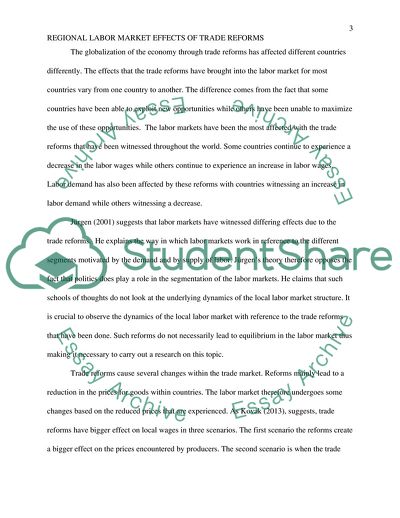Cite this document
(Regional labor market effects of trade reform Essay, n.d.)
Regional labor market effects of trade reform Essay. https://studentshare.org/macro-microeconomics/1853046-regional-labor-market-effects-of-trade-reform
Regional labor market effects of trade reform Essay. https://studentshare.org/macro-microeconomics/1853046-regional-labor-market-effects-of-trade-reform
(Regional Labor Market Effects of Trade Reform Essay)
Regional Labor Market Effects of Trade Reform Essay. https://studentshare.org/macro-microeconomics/1853046-regional-labor-market-effects-of-trade-reform.
Regional Labor Market Effects of Trade Reform Essay. https://studentshare.org/macro-microeconomics/1853046-regional-labor-market-effects-of-trade-reform.
“Regional Labor Market Effects of Trade Reform Essay”. https://studentshare.org/macro-microeconomics/1853046-regional-labor-market-effects-of-trade-reform.


